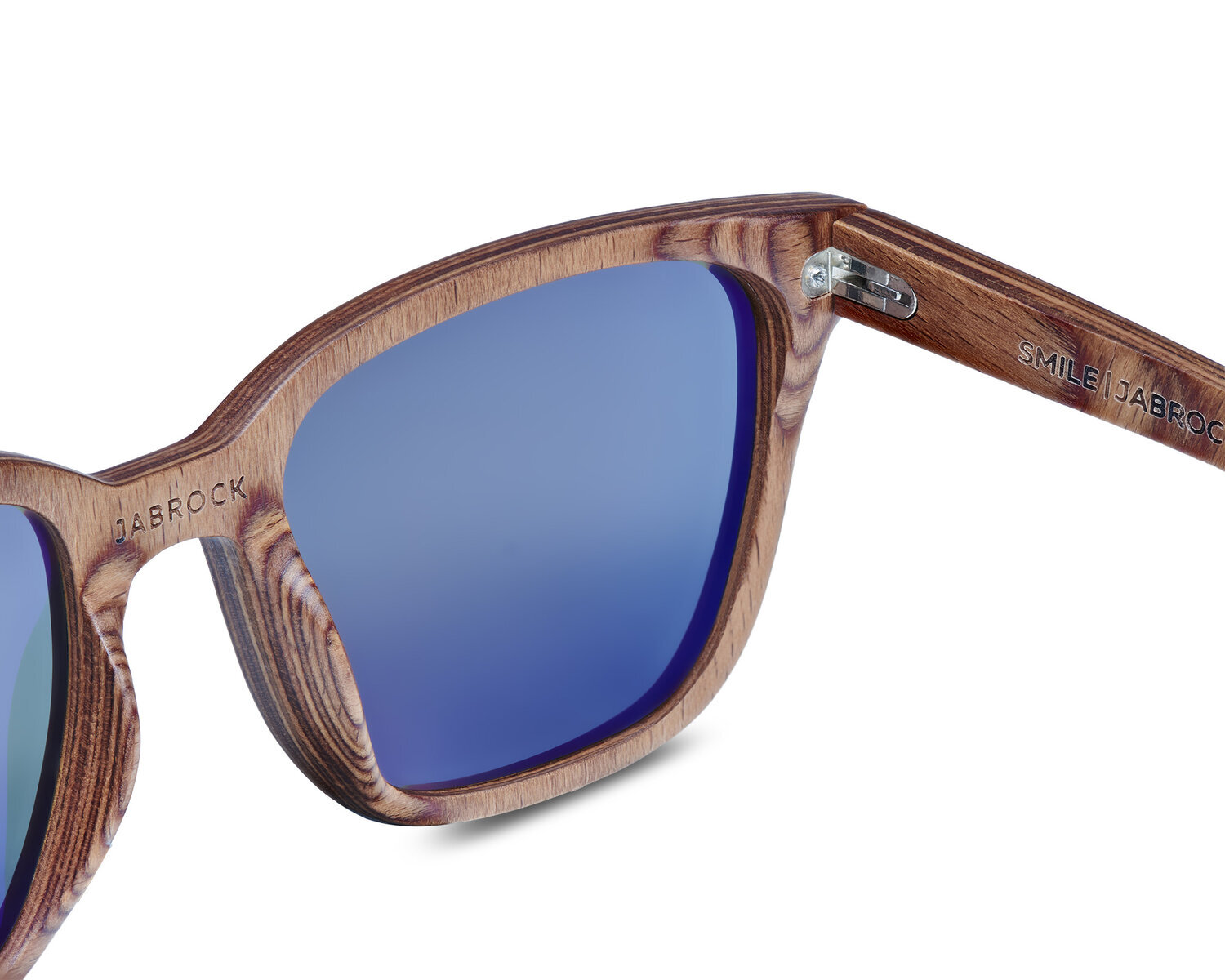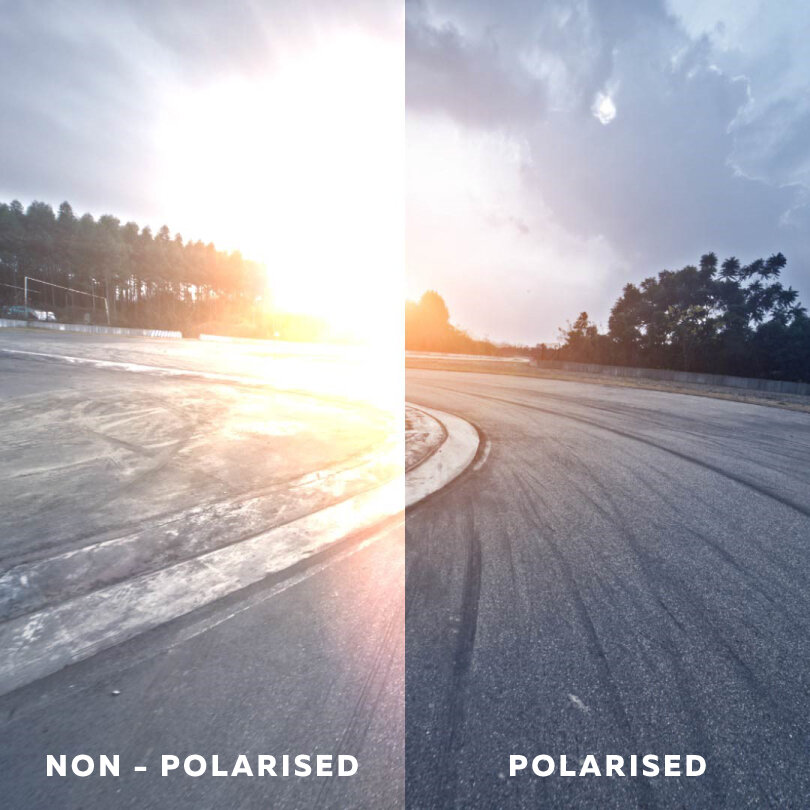TECH TALK (001) - Polarised Lenses: Essential Or “Extra”?
When buying a pair of sunglasses, the first thing most people look at is their shape and how well they fit.
Rare, discontinued and designer frames all command high prices, with buyers seeking a pair of shades that walks the line between cool and “doesn’t make my head look square.”
Our Smile - Green frame with polarised lenses. How would you know if you wern’t told?
But there’s much more to a pair of sunglasses than frames. Let’s kick things off with a riddle: Two identical pairs of sunglasses from the same brand. One costs 30% more. Why?
The title of this piece has probably already given away the answer (thanks a lot, SEO…), which is that one pair has polarised lenses and the other has the normal variety.
This price difference means that, when buying new sunglasses, many people find themselves asking the question “are polarised lenses worth it?”
By the time you reach the end of this article, you’ll have your answer to that question.
Jabrock sunglasses also come with anti-reflective coatings on the inside layer of the lens. This is what gives the deep blue look on the inside. This prevents the sun light reflecting from your face, back into the lens, affecting your vision
Do I need polarised sunglasses?
Full disclosure: We use polarised lenses in all of our sunglasses.
That doesn’t mean, however, that we’re biased towards polarisation. The reasoning behind that decision was our automotive heritage; we thought it was only right to embrace technology that can give you an edge when you’re tearing up the track.
One of the biggest advantages of polarised lenses is that they reduce reflection and eliminate glare. The benefits of this when driving are obvious, and if you’re going to be anywhere near bodies of water like the sea, lakes or rivers, polarisation is a must for reducing eye strain and providing all-day visual comfort.
Appropriately enough, polarised lenses can be...well, polarising. That’s why we offer a lengthy “no questions asked” refund policy on our glasses, just in case they’re not for you. Let’s take a closer look at a few of the disadvantages of polarised sunglasses.
Because of how polarised lenses work they’ll prevent you from seeing properly if you’re interacting with devices or windscreens that are also polarised. And, while many skiers love polarised eyewear, they can cause problems if you need to differentiate between suitable snow and the glare of ice.
For some reason, certain people’s eyes just don’t seem to get along with polarisation. It’s unknown whether the phenomenon is physiological (scientist types think it may be something to do with photoreceptors in our eyes) or psychological, but many describe it as an artificial 3D effect. Fun in the cinema, less so in daily life.
How it looks through a polarised lens when experiencing sun glare. The lens as you can see reduces the glare and helps restore vision.
How can I tell if I have polarised sunglasses?
If you’ve bought sunglasses from us, they’re polarised. That was easy, wasn’t it?
But let’s say (perish the thought!) that you’ve bought your sunglasses from somewhere else. One popular test involves using another polarised surface, such as another pair of sunglasses. Of course, you may not have another polarised surface, and risk an infinite loop trying to check that the other pair of sunglasses you want to use is polarised.
To save yourself a little trouble, just hold them up to the eye below. Now rotate them 90 degrees to the left or right. If you have polarised lenses, the eye and its surroundings will darken until they turn almost completely black.
How’s that for a magic eye?
Hold your sunglasses up in front of you, looking through the back of the lens, rotate 90 degrees and if they are polarised the eye will fade almost to black.
Here is more detail on how to check if your lenses are polarised using the eye above.
Polarised lenses make for sustainable sunglasses!
Like various other eyewear companies, we use CR-39 plastic for our polarised lenses. CR-39 might sound like a knockoff Star Wars droid, but this polymer is an interesting one because it’s fully recyclable in a way that many standard plastic lenses aren’t.
The perfect complement to our tough and characterful wood frames, CR-39 was first used commercially in fuel tanks for the famous B-17 “Flying Fortress” bomber during World War II. Just another way that speed runs through the veins of Jabrock eyewear!
We recently came across a company called Piedmont Plastics, based in Daytona Beach, that recycles many different types of plastic lenses (including CR-39) for free:
Piedmont Plastics
2175 Mason Ave
Daytona Beach, FL 32117
Daytona International Speedway, Daytona Florida.
If you’re thinking about a pair of Jabrocks, which were born out of racing technology, we can’t think of a more fitting send-off for your tired old frames than shipping them out to the home of NASCAR’s Daytona 500.
We hope you found this article useful.






